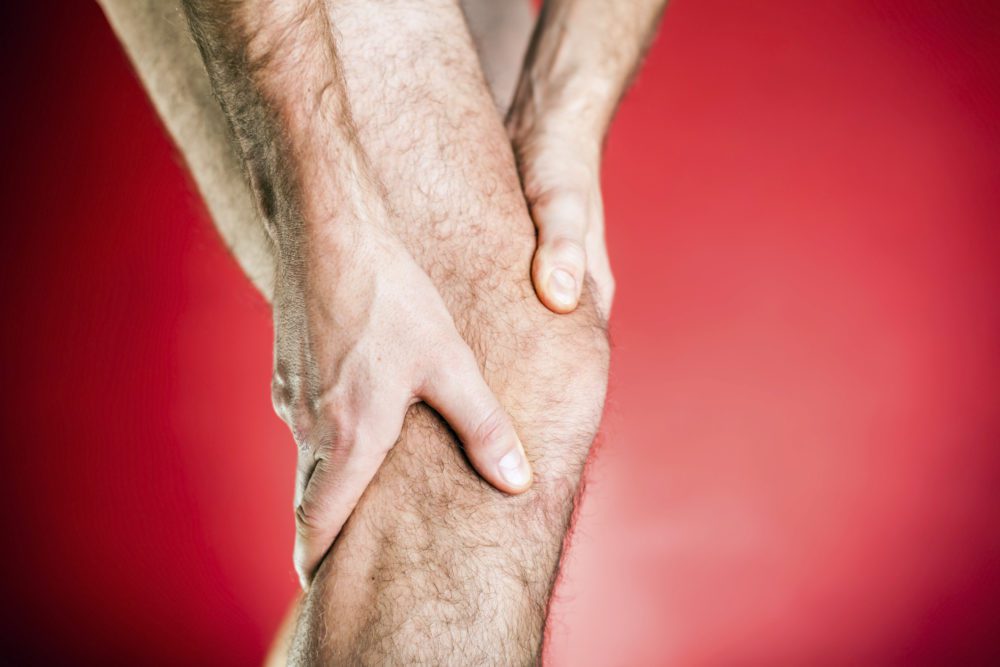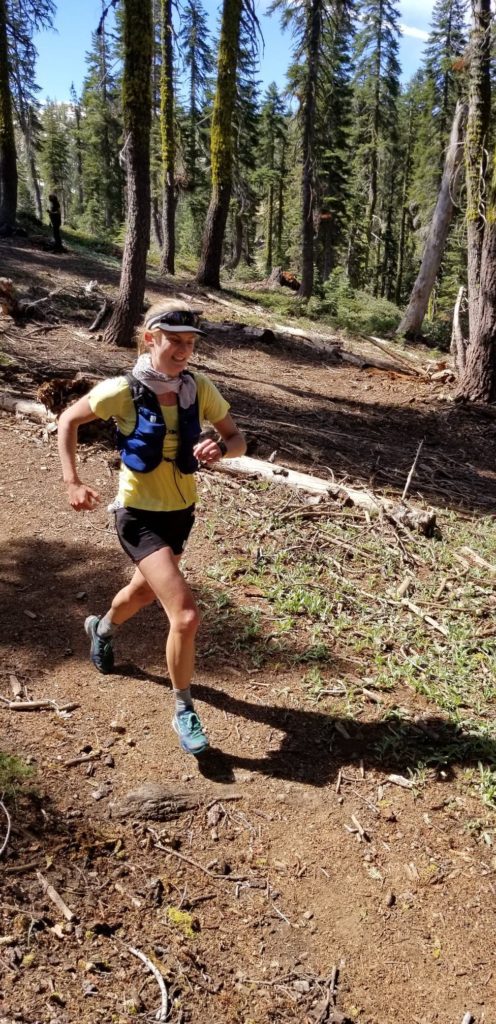What is a Baker’s cyst, and how can I avoid getting one?
A Baker's cyst is usually not serious, and will sometimes even go away on its own. Clare Gallagher had the bad luck to have one flare up near the end of Western States in 2017, and it cost her the race

Many common running injuries can be prevented with cross-training and regular strengthening exercises, but some fall under the category of “injuries you don’t know you have until you’re most of the way into an important race.” A Baker’s cyst (also known as a popliteal cyst) is a great example. At the 2017 Western States Endurance Run, Clare Gallagher of Boulder, Colo. (who went on to win this year’s WSER) was having a fantastic race and almost certain to podium when a baker’s cyst on the back of her knee flared up and slowed her pace to a walk. She ended up dropping at 93 miles.

RELATED: How to stay injury-free during marathon training
This type of injury is an example of just plain bad luck, since there may not be much you can do to prevent the formation of a Baker’s cyst, though strengthening the muscles surrounding the knee will certainly help. A Baker’s cyst often is the result of a cartilage tear or arthritis in the knee, resulting in too much synovial fluid being produced in the popliteal bursa behind the knee.
As the cyst fills with fluid, it causes swelling and inflammation behind the knee, and may be painful or stiff when bending or straightening the knee, often after exertion (such as a long training run). Unfortunately, until pain and swelling become acute, you’re unlikely to know you even have one.
Sometimes it will go away on its own, but if you do become aware of one during your training, getting it treated could save you from crushing disappointment during your goal race. Your health professional might opt to drain the fluid buildup, or in some cases surgery is recommended. (Surgery will greatly lengthen your recovery time from a few days to weeks or months, so be sure to get a second opinion.)
In rare cases, the cyst may rupture, causing fluid to leak into the leg, possibly causing swelling and pain in the calf.
(Gallagher got her cyst treated and went on to win CCC at UTMB the same year. So don’t be alarmed, it’s rarely an indication of anything more serious.
In all cases, resting with the leg up is recommended, and it’s ok to take acetaminophen for pain relief if necessary. (NSAIDs such as ibuprofen are not recommended.)
RELATED: Clare Gallagher wins WSER in second fastest time ever


